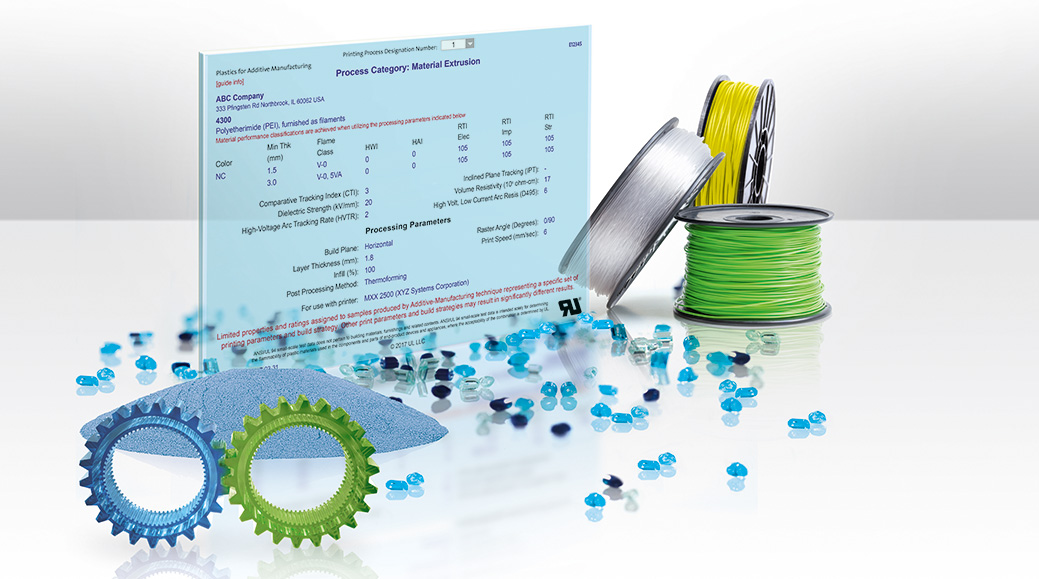Plastics manufacturers are often quite lost when it comes to know to what extent 3D printing technology will affect their market and operations. Indeed, one big difference between traditional manufacturing processes and other technologies is that the latter often leads to some features that influence material properties based on how prototypes are printed.
In order to enable the recognition of plastics intended for 3D printing, therefore to prove their safety, integrity and usefulness, UL has launched the Blue Card Program.
For those who do not know, UL is a company that works with customers and stakeholders to help them navigate market complexity. UL brings clarity and empowers trust to support the responsible development, production, marketing and purchase of the goods, solutions, and innovations of today and tomorrow. Basically, they certify, validate, test, verify, inspect, audit, advise and educate.
The UL Blue Card Program
Once the customer will have published data that enables pre-selection of materials and components dedicated to various end products, the Blue Card will provide information about the 3D printing technology used to process the material; the 3D printer model designation, specific settings of that technology such as build plane, raster angle, air gap, etc. for material extrusion technology, as well as various safety and performance-related property ratings tested to appropriate standards.
UL explains that the aim of this service is to “ensure that the component or end-product manufacturer is using a tested and certified material”, a material that is “being monitored at regular intervals by an independent test laboratory.”
Users of 3D printing technologies like Material Extrusion, Powder Bed Fusion Systems, VAT Polymerization, Material Jetting, Binder Jetting, Sheet Lamination and Direct Energy Deposition can call for the service of UL can call for the service of the UL Blue Card Program.
For those who would like to get a UL Blue Card, please note that the latter “is automatically issued when a material intended for 3D printing receives a UL Recognized Component Mark. Certified materials are added to the UL iQTM and UL’s Prospector® databases.”
For further information about 3D Printing, follow us on our social networks and subscribe to our newsletter!
Would you like to be featured in the next issue of our digital magazine? Send us an email at contact@3dadept.com






